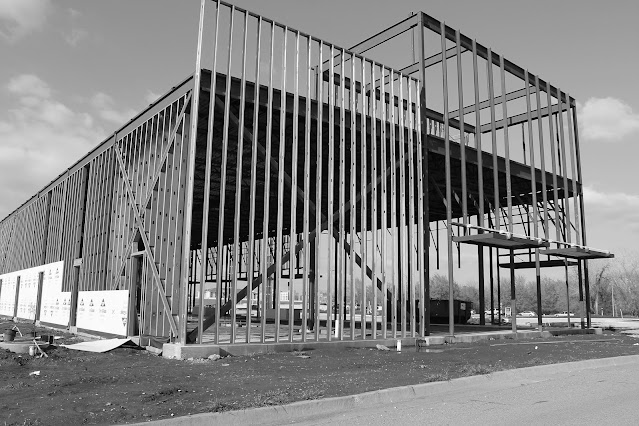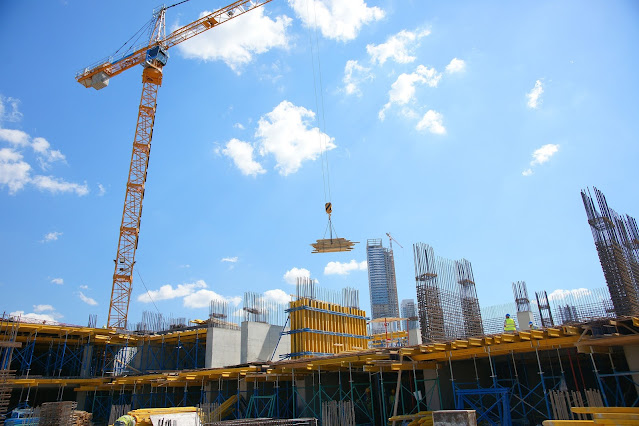💡Table of Contents
- Understanding Structural Steel
- Types of Structural Steel
- Key Applications of Structural Steel
- Advantages of Using Structural Steel in Construction
- Conclusion
1. Understanding Structural Steel
In today's ever-evolving construction industry, structural steel remains a crucial building material. Its versatility, sustainability, and unparalleled strength make it a popular choice for a variety of projects. In this comprehensive guide, we will explore the types of structural steel, their applications, and the many benefits they offer.
Structural steel is a category of steel used for constructing and supporting structures. It is a blend of iron and carbon, with small amounts of other elements to enhance its properties. Structural steel is known for its high strength, ductility, and adaptability, making it a preferred choice for architects, engineers, and builders.
Structural steel is a category of steel used for constructing and supporting structures. It is a blend of iron and carbon, with small amounts of other elements to enhance its properties. Structural steel is known for its high strength, ductility, and adaptability, making it a preferred choice for architects, engineers, and builders.
2. Types of Structural Steel
There are four main types of structural steel: carbon steel, alloy steel, stainless steel, and tool steel. Each type offers distinct characteristics suitable for specific applications.2.1 Carbon Steel
Carbon steel is the most common type of structural steel, containing up to 2.1% carbon by weight. It is available in three categories: low, medium, and high-carbon steel. Low-carbon steel offers excellent weldability, making it ideal for constructing buildings, bridges, and other large structures. Medium and high carbon steels offer increased strength and hardness but are less ductile and more challenging to weld.2.2 Alloy Steel
Alloy steel is created by adding other elements such as chromium, nickel, or molybdenum to carbon steel. These elements improve properties like corrosion resistance, strength, and toughness. Alloy steel is commonly used in automotive, aerospace, and high-stress applications where enhanced performance is required.2.3 Stainless Steel
Stainless steel is a type of alloy steel that contains at least 10.5% chromium. This addition makes it highly resistant to corrosion and staining. Stainless steel is used in a wide range of applications, from kitchen appliances to high-end architectural projects, due to its durability, aesthetic appeal, and low maintenance requirements.2.4 Tool Steel
Tool steel is a type of alloy steel specifically designed for making tools and dies. It has excellent hardness, wear resistance, and the ability to maintain its properties at high temperatures. Tool steel is not typically used for structural applications but is essential for manufacturing and machining industries.
 |
| Image by Engin Akyurt from Pixabay |
3. Key Applications of Structural Steel
Structural steel is employed in various industries and applications, including:3.1 Buildings and Infrastructure
Structural steel is widely used in the construction of skyscrapers, bridges, stadiums, airports, and transportation infrastructure. Its strength, flexibility, and durability make it an ideal choice for creating complex shapes and supporting heavy loads.3.2 Industrial and Manufacturing
In manufacturing plants, warehouses, and factories, structural steel is used to create support systems and frameworks for machinery, equipment, and storage facilities. It offers the strength and stability required to withstand high levels of stress and dynamic loads.3.3 Automotive and Aerospace
In the automotive and aerospace industries, structural steel is used in the production of vehicle chassis, body frames, and suspension components. Its high strength-to-weight ratio and corrosion resistance make it a preferred choice for vehicles and aircraft, where weight reduction and durability are critical factors.3.4 Energy Production
Structural steel is essential in the energy production sector, particularly for constructing power plants, wind turbines, and solar panel support structures. Its ability to withstand harsh environments, high temperatures, and extreme loads makes it a reliable material in this industry.
 |
| Image by 15299 from Pixabay |
4. Advantages of Using Structural Steel in Construction
Structural steel offers several benefits over other construction materials, including:
4.1 Strength and Durability
With its high strength-to-weight ratio, structural steel provides exceptional strength and stability. It is resistant to wear, impact, and extreme weather conditions, making it ideal for long-lasting and robust structures.4.2 Design Flexibility
Structural steel's adaptability allows architects and engineers to create innovative, complex shapes and structures. Its versatility enables the construction of open, column-free spaces and unique architectural designs.4.3 Sustainability and Recyclability
Structural steel is an eco-friendly choice, as it is made from recycled materials and is itself recyclable. It also contributes to reduced waste and energy consumption during the construction process.4.4 Cost-Effectiveness
Structural steel is cost-effective due to its high strength-to-weight ratio, which reduces the need for additional support structures. Additionally, it's long lifespan and low maintenance requirements result in reduced long-term costs.4.5 Speedy Construction
Prefabricated structural steel components enable faster construction times, as they can be quickly assembled on-site. This advantage leads to reduced labor costs, minimized disruptions, and quicker project completion. |
| Image by Engin Akyurt from Pixabay |
5. Conclusion
Structural steel has undoubtedly revolutionized the construction industry. Its remarkable strength, durability, design flexibility, sustainability, and cost-effectiveness make it the go-to material for a wide range of applications. From skyscrapers and bridges to vehicles and energy production, structural steel continues to prove its worth as a vital component in modern construction.








0 Comments